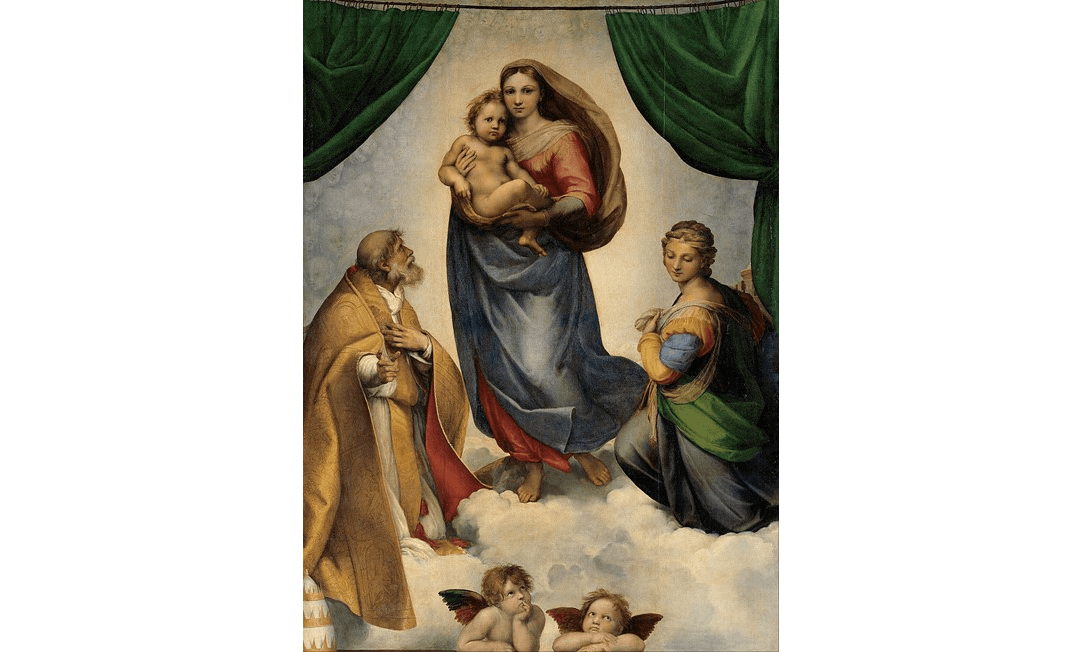As the host opens the door, guests in jeans enter, slap palms with the host, call out “Hey!” and find a place to sit, or maybe head to the backyard grill. Social gatherings are casual affairs today. Most people don’t attend formal functions often, much less with “important people.”
To be invited to an event with important people might require more formality: suit and tie, nice dress, guests chatting in small groups, drinks and hors d'oeuvres attractively set to the side in a tastefully decorated room.






